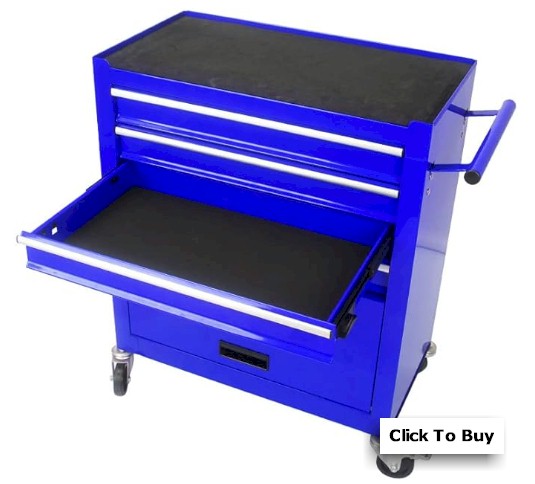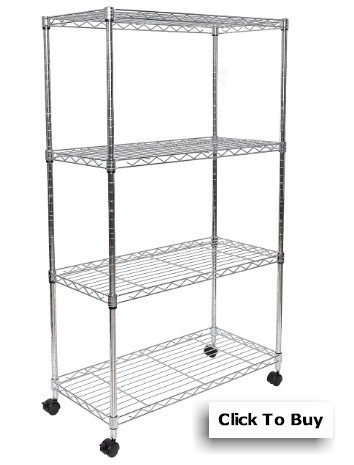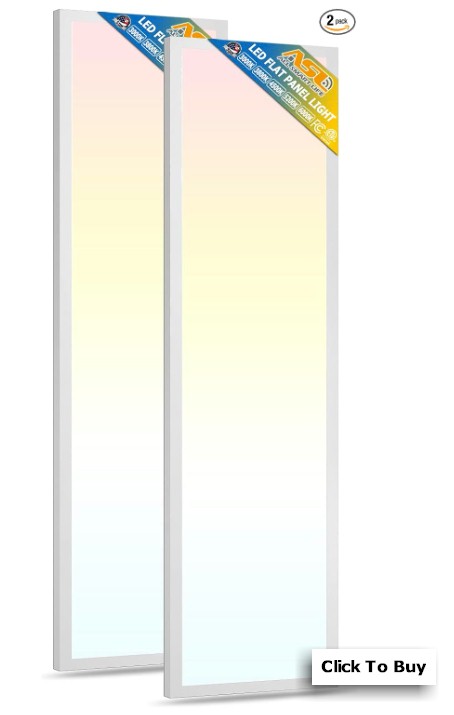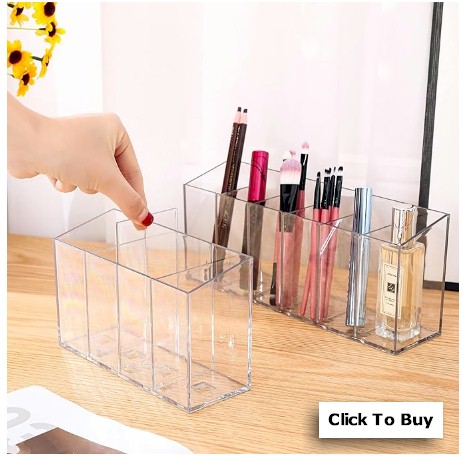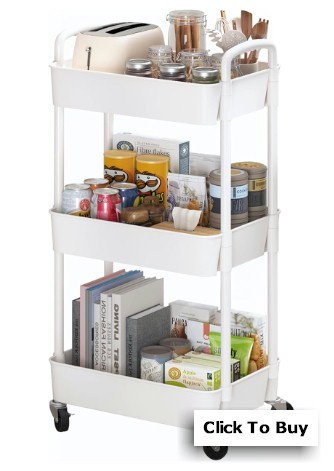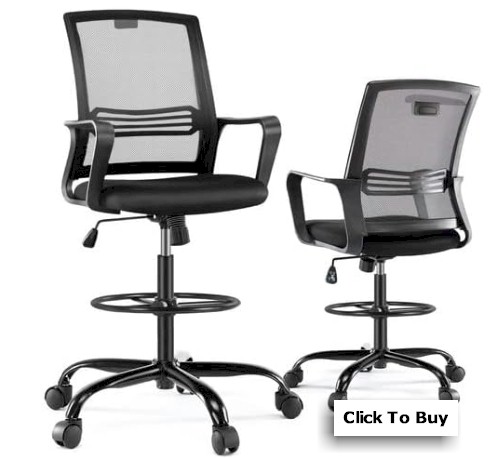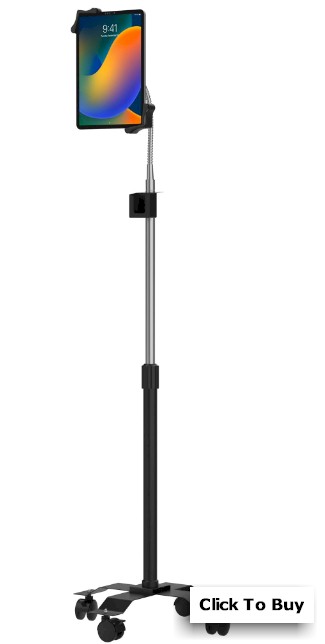Steve Barton’s Home Studio Tour
7 Tips for the novice artist from a professional

From storage solutions to easels to sketchbooks and paints, here’s what helps artist, Steve Barton, stay organized and motivated while working in his home studio. If you’re just starting out on your artist journey, or are a seasoned creative, these helpful tips and peaks into Steve’s home studio are bound to help inspire and spark some new ideas to help you get the most out of your space! Steve Barton has been painting from home ever since he can remember.
Sharing paint pallets with his mom as she would create original oil paintings to help subsidize her income when her kids were little. He has learned over the years some invaluable lessons when it comes to being creative and motivated from home (Disclosure: This post contains affiliate links. When you make a purchase using the links in this post we may earn a small commission at no additional cost to you.).
1. The right tools to get the job done.
Just like with any craft, having the right tools for the job is essential. Artistry may have a little more freedom when it comes to how you create, but the right tools will absolutely make your life in the studio easier and more enjoyable! Steve has compiled a list of the essentials for the beginner here.
THE ARTIST’S TOOL KIT:
2. Storage for your works in progress.
When it comes to painting there is a high probability that you will need a place to store a painting while it’s wet, or in different stages of the process.
Some might be working on different pieces at a time, so having a place to set aside your work is a must. Sure, stacking them in a corner is an option, not a great option, but an option. What Steve prefers is a shelving system big or small, depending on your needs, to set your work on to keep it organized and out of the way.
3. Lighting is essential.
Make sure you have a good light source! This really is one of the simplest things you can do to add life and function in an art studio. Whether you need to plug in an extra lamp, change out some bulbs, or position your work area in front of a window, being aware of how the light fills your space is essential.
It can make working long term more comfortable for your eyes and help you truly see what you’re working on. If you find that your space, just doesn’t have enough natural light Steve suggests changing out an overhead bulb for perhaps a light fixture that you can change the kelvin of the bulb.
4. Organization is key!
Staying on top of the mess means eliminating the non-essentials. Now, Steve understands more than most probably how easily a space can become overtaken by the non-essentials. While working from home does come with its conveniences, Steve was open about it also coming with a few caveats. Be aware of what sorts of things are being stacked on the surfaces and in the corners of your space. If you can identify the source of the clutter you can make a plan to keep it organized.
He suggests some of his favorites: a rolling cart for paints, proper upright bins for brushes, organizing by color, keeping items together for ease. Steve has always shared his space with some furry friends, so having some cleaning products in his space helps with the mess. One additional tip for staying organized is scheduling a day to declutter your space. Get into it with a trash can on hand, and a box for donations. You know what they say:
“A cluttered space is a cluttered mind”!
5. Don’t be afraid to customize.
Steve suggests customizing! He is a believer in modifying to fit your needs. In the art realm specifically, no one’s needs, or workflow are exactly alike. Just like the varying styles and mediums of art, the process to create is just as vast! Steve being left-handed has led him to do a lot of customizing over the years.
One of the most impactful changes to his daily painting endeavors was adding an elongated shelf/workspace to the front of his easel. He also has more recently been buying his pants in bulk and adding them to vessels with pumps so he can access them more quickly! If something just isn’t working for you, Steve says, “Don’t be afraid to change it up”.
6. Comfort matters.
So, you might just be starting your hand at painting, or you may have been at it for some time now, but one thing no matter how little or long a time you’ve been creating you will very quickly know the importance of being comfortable!
A good supportive chair, the easel or substrate at the right height, these are both very key components to the longevity of your craft. Maybe even more importantly for Steve is having a comfortable space within his studio for his wife, grandchildren or guests. He makes sure to have a couple of clean and comfortable seats, and a warm or cold beverage nearby.
7. Know where you draw inspiration from.
Inspiration is something you have to nurture and feed. Let’s face it, artist block is a real thing, and sometimes you just need to step away to get your creative juices flowing. A few ways Steve likes to care for that creative side is by taking frequent if needed steps away from the canvas to step outside. He is an avid shooter for sport and has archery targets set up on his property.
He likes to take a step outside the studio, breath in the fresh air, and focus his eyes on something outside. While pulling his bow he has found it to actually help open up the shoulders and be a very cathartic exercise. Another excellent way to keep the flow in flow is to have your sources and references in reach. Steve talks about how he used to have to go on a drive, take photos, wait for them to be developed and then use them for references!
Although he does still like to take the drives and meander around small towns for inspiration, he finds himself utilizing technology more often than not to spark new ideas. Having his iPad on a rolling stand has been very useful for him. If you are someone who wants to keep it old school with cut outs to form a moodboard, or you’re all about the latest and greatest tech having either within eyesight is going to be very helpful
A good supportive chair, the easel or substrate at the right height, these are both very key components to the longevity of your craft.
Maybe even more importantly for Steve is having a comfortable space within his studio for his wife, grandchildren or guests. He makes sure to have a couple of clean and comfortable seats, and a warm or cold beverage nearby.
Now that you have some tips and hopefully some inspiration, get out there and start creating beautiful art!

Meet the artist
To learn more about the artist and the history of his work, click here.

